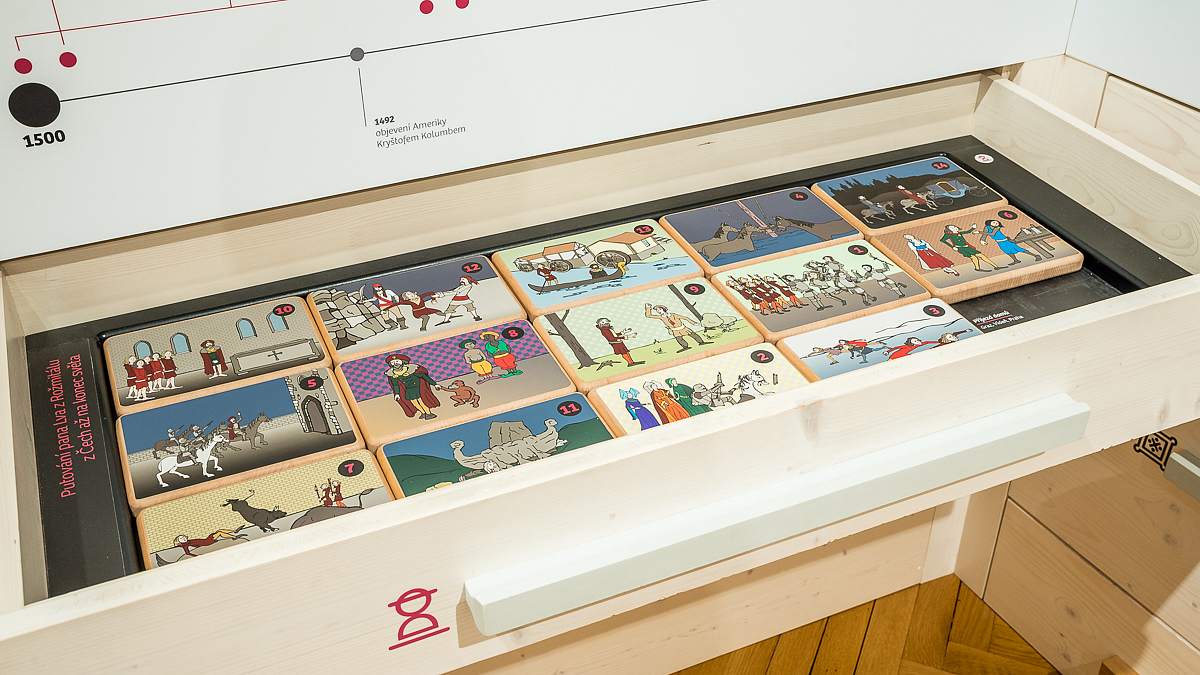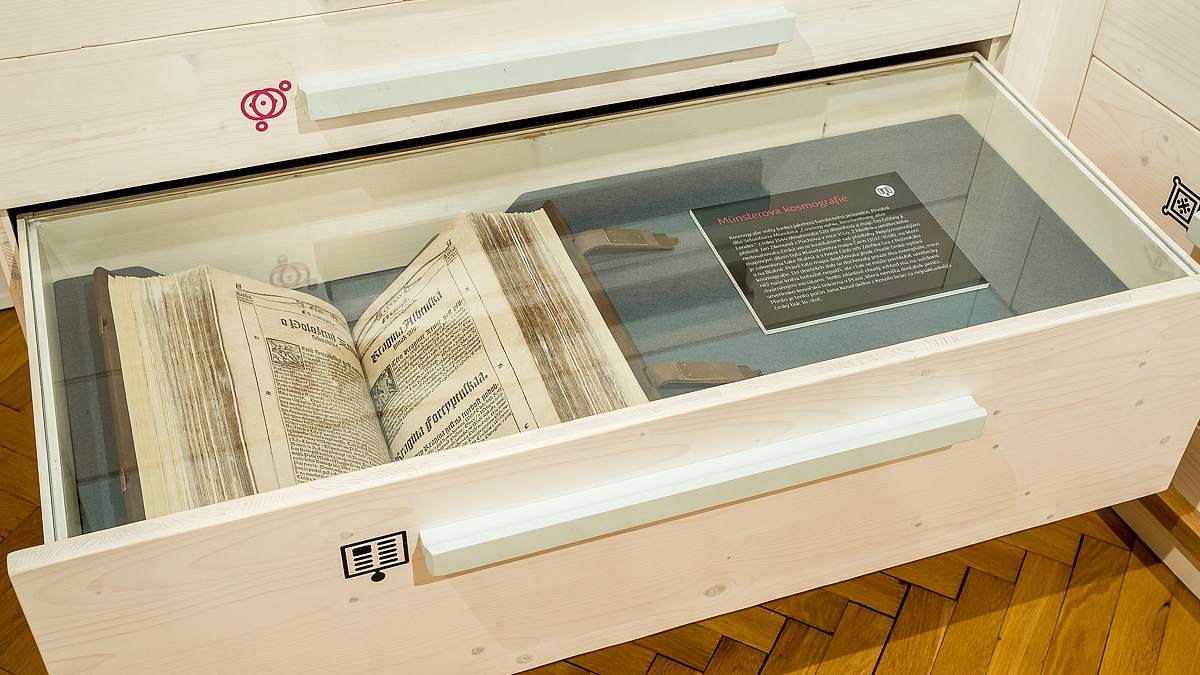LORDS OF ROSENTAL TO THE END OF THE WORLD
After 1407, Blatná was acquired by the Lords of Rosental (Czech: Páni z Rožmitálu), who started to use it as their residence. Jan, the second of the Lords of Rosental and Blatná, became famous as a faithful defender of the king and as an opponent of the Hussites, even though he had joined the complaint letter against the burning of Master Jan Hus. He could also boast two famous offspring. One of them was the daughter Johanka, who in 1450 married George of Poděbrady. In 1458, when the Czech nobility elected him as the king, Johanka became the queen. In the government, she provided her husband with support mainly through her wisdom and composure. An oak in the chateau garden, where Queen Johanka allegedly used to sit, has been named after her.
Lev of Rosental and Blatná (Czech: Lev z Rožmitálu a na Blatné) was somewhat better known. He was the first person bearing this name who saw the family name reflected not only in the coat of arms, but also in the names of his descendants. Despite being a Catholic, he served faithfully to his king and brother-in-law George, who was nicknamed the Hussite King. In 1465, he embarked with a large entourage on a diplomatic tour of the secular courts of Europe. His goal was to address princes and kings and unite them as a counterweight to the Papal Curia and also in the fight against the Ottomans. He visited Burgundy, where he saw ice skating for the very first time, England, France and the kingdoms of Spain, where he stopped at Cape Finisterre, i.e., the end of the world, and bowed to Saint James in Santiago de Compostela. He went back via Portugal, Venezia and Austria up to Blatná, where his pilgrimage ended in 1467. After his return, he commissioned the painting of the knight’s hall in the Old Palace of the Blatná castle, which is now probably the oldest knight’s hall in Czechia, and the painting of the Green Room in the tower.
His journey has been captured and preserved in two travelogues – by Gabriel Tetzl of Nurnberg and by Václav Šašek of Bířkov. The latter has been preserved only in the Latin transcription of Stanislav Pavlovský from 1577. For a long time, he was attributed to the absence of any information about the diplomatic negotiations of Mr. Lev, but it is possible that the diary of Václav Šašek of Bířkov was written as the story of a knight, which puts more emphasis on knightly virtues and deeds than on political talks.


